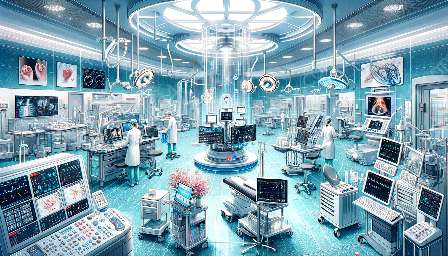Biomechanics plays a crucial role in the design and development of medical devices for drug delivery and infusion, impacting patient care and treatment outcomes. Understanding the biomechanical principles and their application in medical device design is essential for optimizing the effectiveness and safety of drug delivery systems. This comprehensive topic cluster delves into the interdisciplinary relationship between biomechanics and medical devices in the context of drug delivery and infusion.
The Importance of Biomechanics in Medical Device Design
Biomechanics involves the study of the mechanical aspects of living organisms, including the application of engineering principles to understand the behavior of biological systems. In the realm of medical devices, biomechanics is instrumental in ensuring that drug delivery and infusion systems are designed to interact effectively with the physiological mechanisms of the human body.
Optimizing Drug Delivery Systems Through Biomechanical Insights
Biomechanics provides valuable insights into the behavior of biological tissues and fluids, as well as the forces and pressures involved in drug delivery and infusion processes. By integrating biomechanical considerations into the design of medical devices, manufacturers can create devices that minimize tissue damage, reduce the risk of infection, and enhance the precision and reliability of drug delivery.
Enhancing Patient Comfort and Compliance
Consideration of biomechanics in medical device design also contributes to improving patient comfort and compliance. Devices that are ergonomically designed and tailored to the biomechanical characteristics of the human body are more likely to be accepted by patients and result in better treatment adherence.
Biomechanics-Driven Innovation in Infusion Technology
Advances in biomechanics have driven innovation in infusion technology, leading to the development of sophisticated infusion pumps and systems that deliver medications with precision and control. The integration of biomechanical principles into infusion device design has revolutionized the administration of drugs, particularly in critical care, anesthesia, and ambulatory settings.
Challenges and Opportunities in Biomechanics-Driven Medical Device Development
While the integration of biomechanics into medical device design offers tremendous opportunities for improving drug delivery and infusion, it also presents challenges. Understanding the complex interplay between biomechanical factors and device performance is critical, as improper design can lead to adverse effects and suboptimal outcomes for patients.
Conclusion
The role of biomechanics in the design of medical devices for drug delivery and infusion cannot be overstated. By leveraging biomechanical insights, engineers and researchers can develop innovative and patient-centric solutions that enhance the safety, efficacy, and comfort of drug delivery systems, ultimately advancing the quality of patient care and treatment outcomes.


